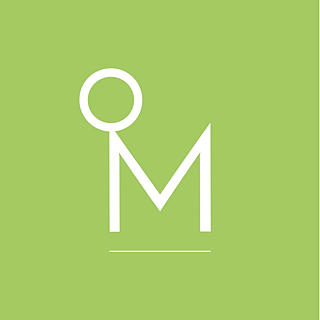Give Yourself Some Props!
- Rosie Lux
- Feb 1, 2017
- 3 min read
When I first started to practice, I never used yoga props. I didn’t want to take a block or strap, as that screams BEGINNER! I will grab hold of my toes in Supta Padangustasana, I don’t need a strap! And then I realise I'm not alone on my mat... Oh hello ego, old friend.
Practicing yoga with an ego is hard work! For years my postures didn’t develop and my face would be all screwed up as I wrestled myself into shapes, kidding myself that this was the way to increase flexibility. Savasana was uncomfortable as I lay there feeling even more disconnected from my body, we’d been wrestling for over an hour by this point.
Yoga changed when I worried less about how I looked, and focused on how I felt in postures.
Yoga isn't about getting rid of the ego; ego is neutral after all. Yoga is, however, about calming the mind; the chitta vritti. Does the monkey mind tell you props are for beginners? Instead of worrying about what other people think of you using props, delve a little deeper and notice how it feels to bring blocks into your practice. Start to see them for what they are - aids and supports.
We Yoga teachers love to say that how we are on the mat, is how we are in life. In rejecting props, maybe I am someone who rejects support from others...when there is help available, do I take it?
How to use yoga blocks
If you don’t regularly sit cross legged in sukasana (and by regularly I mean for long periods of time; daily) sit on a block! It will help! You’ll find the lift helps the hips to externally rotate forwards, not backwards, and give some length into the lumbar spine.
Using a block in forward folds is a great way to find better alignment as flexibility develops. Always sit on the edge of a block, move the fleshy glutes to find the ischium (sitting bones) for a better foundation. This will create a forward tilting pelvis and in doing so, space around the hips, to deepen your forward fold.
Using a block in pashimottinasana (forward fold shown below) is a great way to find better alignment while flexibility in the hamstrings and spine develops. Remember flexibility is different each time you practice, sometimes you may find you're stiffer than before.

The usefulness of blocks doesn’t stop here! Next time you come into Setu Bandhasana or Urdhva Dhanurasana (Bridge or Wheel Pose) try squeezing a block between the knees. It will encourage the inner thighs to draw towards one another, firing up the quads and the abdominals and in so doing, protecting the knee joints.
I see some students with rounding in the thoracic spine in Adho Mukha Svanasana (Downward Facing Dog). Try a block under each hand, pressing the heel of the hand to the edge of the block to lengthen the arms. In this version we see how there is now space for the spine to elongate. Remember downward facing dog is about flexion of the spine, rather than stretching the hamstrings. Having the hands on blocks is also helpful when practicing jump throughs in Sun Salutations as it gives you more space for the body to come through.
Blocks, what size and material to choose?
Foam blocks
They are the cheapest and easiest to get hold of in high street shops or online. They’re also nice and light to take to classes. There are various shapes and sizes to choose from.
It’s a good idea to buy the rectangular shaped block to start with, the ones the size of a telephone directory, incidentally that is what B. K. S Lyengar (one of the founders of modern Hatha Yoga) modeled them on. Foam blocks are also a bit spongy so nice and comfortable to sit on.
Cork blocks
They are a bit more expensive, it’s best to buy a pair of them and again, you can find them online. Cork is a bit more eco than foam blocks and harder than foam (my cats can't get their claws into them as easily, another bonus). They are great for practicing step/ jump throughs but less comfortable to sit on for long periods of time. Cork absorbs moisture so you’ll keep a good grip if you get sweaty hands doing lots of vinyasas!
If you only want one yoga prop, make it a foam rectangular block.





Commenti